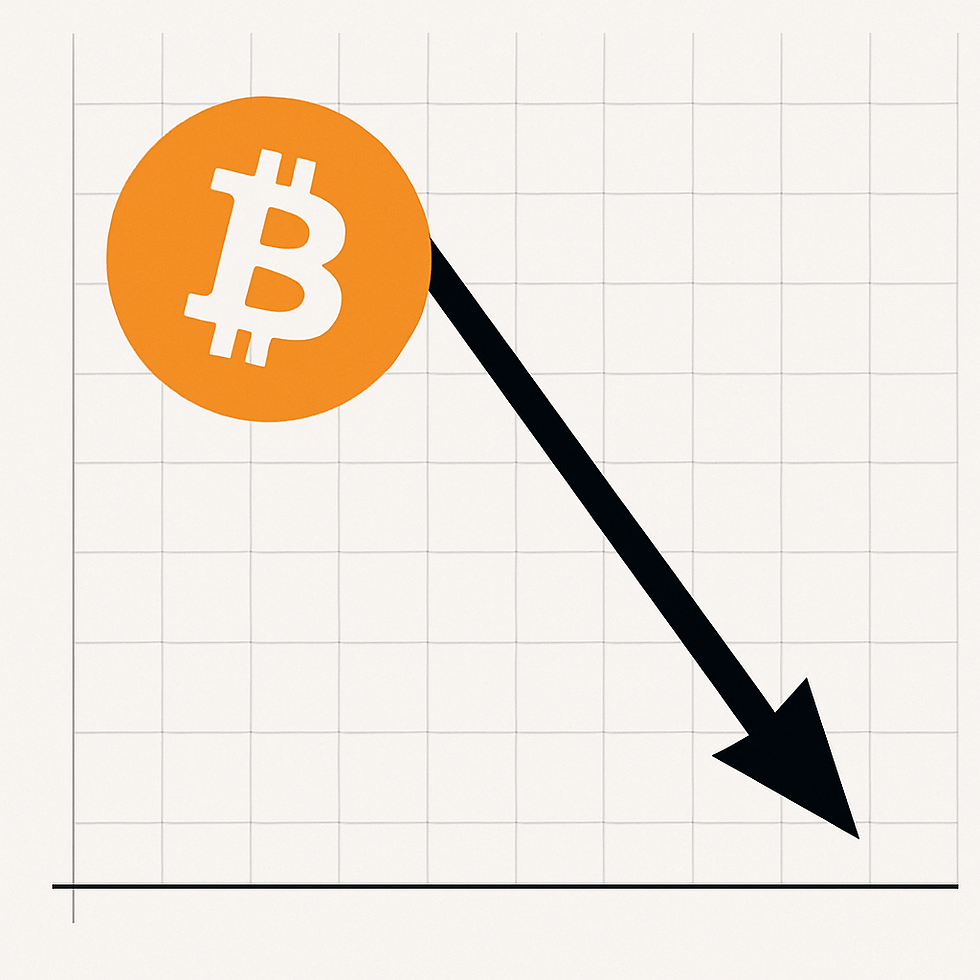Tesla’s Robotaxi Hype: Another Chapter in Elon Musk’s Market Manipulation Playbook
- WireNews

- Jun 12
- 3 min read
by Ram ben Ze’ev

On 11 June 2025, Reuters reported that Tesla will soon unveil a demonstration of its long-promised Robotaxi concept in Austin, Texas. While headlines screamed innovation, the fine print quietly admitted that the self-driving software still isn’t ready for public use. That detail should matter — but it doesn’t, because we’ve seen this story before.
Tesla’s market valuation is no longer driven by results. It’s driven by narrative control, orchestrated by Elon Musk himself — a man who uses media manipulation to distract from failure and inflate fantasy. The Robotaxi saga is just the latest in a long series of strategic fabrications, designed not to deliver a product, but to move the stock.
ADVERTISEMENT: Reimagine Your Financial Future — Try Robinhood Today
Let’s be blunt: this is not leadership. It’s stock manipulation dressed up as vision.
The Hype Pattern
Musk has built an empire on declarations of the future. These promises consistently follow the same formula:
Musk makes a grand announcement with sweeping implications
Media attention floods in, retail investors get excited
Tesla’s stock price jumps
Months or years pass with little to no delivery
Repeat
In 2019, Musk promised that Tesla would have 1 million Robotaxis on the road by 2020. That never happened. The goalposts were quietly moved. Now, five years later, we are presented with a recycled promise and another prototype parade. And once again, the stock rises on anticipation — not performance.
This Is Not a Product — It’s a Strategy
If this were a one-off miscalculation, we might call it over-optimism. But it isn’t.
It’s a method.
Tesla has used this formula repeatedly:
“Funding secured” to take Tesla private — a lie that cost Musk and Tesla a settlement with the SEC
Solar Roofs promised widespread deployment — still niche and unprofitable
Cybertruck delays, design overhauls, and delivery chaos
Full Self-Driving software, sold since 2016 as “right around the corner,” is still in beta and nowhere near safe for public release
Each time, the announcement was the product — not the vehicle, not the software, not the infrastructure. The result? Billions in inflated market value based on press releases, tweets, and keynote theatrics.
ADVERTISEMENT: Reimagine Your Financial Future — Try Robinhood Today
Manipulation with a Personal Motive
This behaviour doesn’t just raise regulatory concerns — it exposes a glaring conflict of interest.
It’s not merely that Musk’s compensation is tied to Tesla’s valuation, rather than actual delivery or performance. It’s that his personal financial stability depends on it.
According to public filings, as much as 60% of Elon Musk’s Tesla stock is pledged as collateral for borrowings. If Tesla’s share price were to drop significantly, it would trigger margin calls — forcing Musk to liquidate stock or post additional collateral. This would not only damage his personal wealth but could shake investor confidence across all his ventures, from SpaceX to X (formerly Twitter).
In short: Musk’s financial survival depends on hype.
When he tells investors, “If you don’t believe in Tesla’s vision, sell your shares,” it’s not bravado — it’s a defence mechanism. Because if they do sell, and the stock drops, he risks collapse.
This transforms every press release, every teaser, every product roadmap into a potential act of self-preservation — not strategy.
ADVERTISEMENT: Reimagine Your Financial Future — Try Robinhood Today
Where Are the Regulators?
The U.S. Securities and Exchange Commission defines market manipulation as conduct designed to deceive or mislead investors by artificially affecting the price of a security. Musk’s repeated pattern of unverified claims, forward-looking exaggerations, and missed timelines has all the hallmarks.
But despite past penalties, enforcement remains toothless. Musk continues to manipulate public perception with impunity — and investors continue to pay the price when reality doesn’t match the marketing.
This is not innovation. It’s exploitation. And it undermines public trust in capital markets.
Conclusion: The Emperor Has No Autopilot
Tesla is no longer a startup chasing dreams. It’s a publicly traded giant with a fiduciary duty to shareholders and a responsibility to the public market.
Its CEO, however, behaves like an untouchable illusionist — using vision as camouflage, and volatility as leverage.
ADVERTISEMENT: Reimagine Your Financial Future — Try Robinhood Today
The Robotaxi myth is not a product. It’s a tool of financial theatre, designed to prop up a share price that no longer reflects fundamentals. One day, the spell will break. When it does, we’ll discover whether Tesla was ever a technology company — or just an Elon Musk media engine with wheels.
>>>> BUY ME A COFFEE <<<<
###
Bill White (Ram ben Ze'ev) is CEO of WireNews Limited, Mayside Partners Limited, MEADHANAN Agency, Kestrel Assets Limited, SpudsToGo Limited and Executive Director of Hebrew Synagogue








